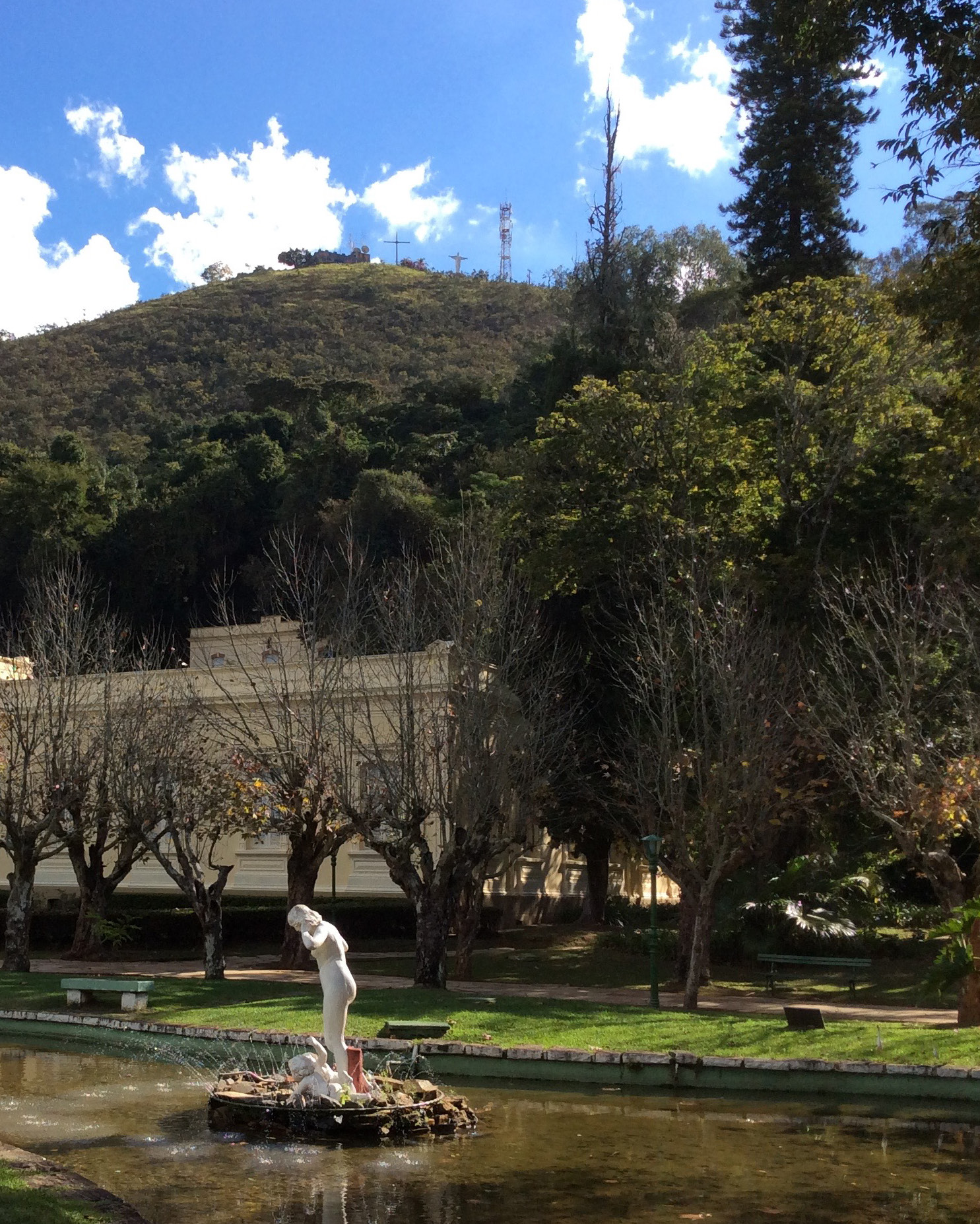

Downloads
DOI:
https://doi.org/10.58981/bluepapers.2023.2.17Published
Issue
Section
License
Copyright (c) 2023 Filipe Condé Alves

This work is licensed under a Creative Commons Attribution 4.0 International License.
How to Cite
Abstract
This article examines civic commitments and legal frameworks that have defended public access to water by recognizing its cultural value. In Caxambu, Brazil, the local population has collected mineral water from natural springs for centuries. The water’s use is embedded in local social and cultural practices. However, over the last thirty years the water sources have become increasingly threatened by commercial and industrial interests. The local government and civic society have responded to the threat by creating protected areas and their efforts have culminated in the legal recognition of cultural intangible heritage as the basis for preserving water quality and ensuring access for future generations.
References
Câmara Municipal de Caxambu. 2018. Lei Ordinária Nº 2514/2018 [Statutory Law Nº 2514/2018]. Caxambu: Câmara Municipal de Caxambu. https://www.legislador.com.br//legisladorweb.asp?WCI=LeiTexto&ID=61&inEspecieLei=1&nrLei=2514&aaLei=2018 (accessed October 12, 2023).
Estância hidromineral de Caxambu. 2006. Plano de Aproveitamento Economico [Plan of Economic Use]. Belo Horizonte. Accessed October 12, 2023. http://www.codemig.com.br/wp-content/uploads/2018/04/9.anexo-ix-plano-de-aproveitamento-economico-caxambu.pdf.
Franco, Itamar. 1999. Decreto Nº 40.288/1999 de 01/03/1999 [Decree Nº 40.288/1999 of 01/03/1999]. Belo Horizonte. Accessed October 12, 2023. https://leisestaduais.com.br/mg/decreto-n-40288-1999-minas-gerais-homologa-tombamento-que-menciona.
Ministério Público do Estado de Minas Gerais. 2021. Inquérito civil Nº. MPMG-0155.22.000092-3 [Civil Case Inquérito civil Nº. MPMG-0155.22.000092-3]. Accessed October 12, 2023. https://pje.tjmg.jus.br/pje/processo/ConsultaDocumentos/listView.seam?x=21110914131774600006823750402.
Ministério Público do Estado de Minas Gerais. 2023. Inquérito civil Nº. MPMG-0155.22.000092-3 [Civil Inquiry Nº MPMG-0155.22.000092-3]. Accessed October 12, 2023. https://www.mpmg.mp.br/data/files/00/62/AA/40/20E96810F80D2068760849A8/Caxambu%20-%20Recomendacao%20-%20Parque%20das%20Aguas.pdf.
Prefeitura Municipal de Caxambu. 2018. Decreto Nº 2300/2018 de 23 março 2018. [Decree Nº 2300/2018 of the 23 March 2018]. Accessed October 12, 2023. Caxambu: Prefeitura Municipal de Caxambu. https://www.caxambu.mg.gov.br/public/admin/globalarq/cria/documento-auxiliar/072a8cb0cfc16cc2e90866d67969c3a1.pdf
Prefeitura Municipal de Caxambu. 2021. A Coleção de Águas Minerais é um Patrimônio Cultural Intangível de Caxambu [Mineral Water Collection is an Immaterial Cultural Asset of Caxambu]. Accessed October 12, 2023. https://leisestaduais.com.br/mg/decreto-n-40288-1999-minas-gerais-homologa-tombamento-que-menciona.


